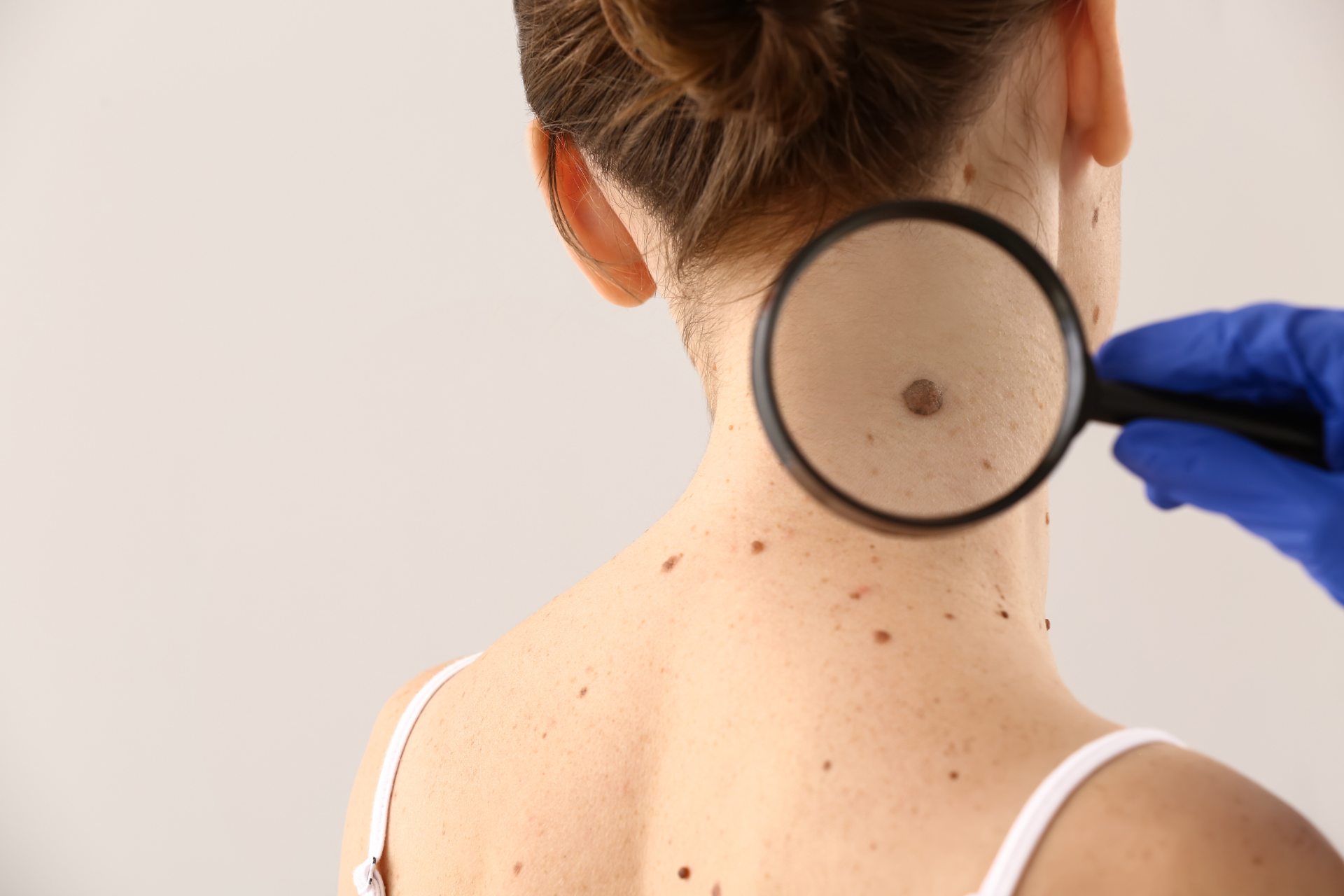Mole Monitoring: How to identify suspicious moles and when to seek professional help

As responsible individuals, it is crucial to keep an eye on the health of our skin, including monitoring any changes in the appearance of moles. While most moles are harmless, some may indicate potential skin issues that require professional attention. In this blog post, we will discuss how to identify suspicious moles and when it is necessary to seek help from a dermatologist or healthcare professional.
Understanding Moles
Moles are common growths on the skin that can appear anywhere on the body. They are typically brown or black, flat or raised, and can vary in size and shape. Most moles develop during childhood and adolescence, and their appearance can change over time. It is essential to know the characteristics of a normal mole to be able to identify any deviations that may be cause for concern.
Identifying Suspicious Moles
When monitoring your moles, look out for the ABCDEs of melanoma, the most serious form of skin cancer:
A - Asymmetry
Normal moles are usually symmetrical, meaning both halves look the same. If a mole is asymmetrical, with one half not matching the other, it may be a warning sign.
B - Border
Healthy moles have smooth, well-defined borders. Moles with irregular, blurred, or jagged edges should be examined.
C - Color
Moles that are multiple shades of brown, black, red, white, or blue should be checked by a professional.
D - Diameter
Moles larger than the size of a pencil eraser (6mm) may be a cause for concern.
E - Evolution
Any changes in the size, shape, color, or elevation of a mole should be monitored closely.
When to Seek Professional Help
If you notice any of the following changes in your moles, it is essential to seek professional help promptly:
- Rapid growth
- Irregular borders
- Change in color
- Itching, bleeding, or crusting
- Pain or tenderness
- Any other changes that concern you
At Fall Creek Skin and Health Clinic, our team of experienced dermatologists and healthcare professionals is here to help you monitor and address any skin-related concerns. We treat patients of all ages for various skin conditions, including moles, acne, and skin cancer, in a caring and affordable environment.
Regular Skin Checks
In addition to monitoring your moles at home, it is recommended to schedule regular skin checks with a dermatologist, especially if you have a family history of skin cancer or other risk factors. A professional skin exam can detect early signs of skin issues and provide peace of mind.
Remember, early detection and treatment of skin cancer can significantly improve outcomes. If you have any concerns about your moles or notice any suspicious changes, do not hesitate to contact Fall Creek Skin and Health Clinic to schedule an appointment with one of our specialists.
In conclusion, mole monitoring is an essential part of maintaining healthy skin. By being vigilant and knowing the warning signs of suspicious moles, you can take proactive steps to protect your skin health. Remember, when in doubt, it is always best to seek professional help. Your skin is your body's largest organ, so let's keep it healthy together.
Contact Fall Creek Skin and Health Clinic today to schedule your next skin check-up. Your skin deserves the best care possible.




